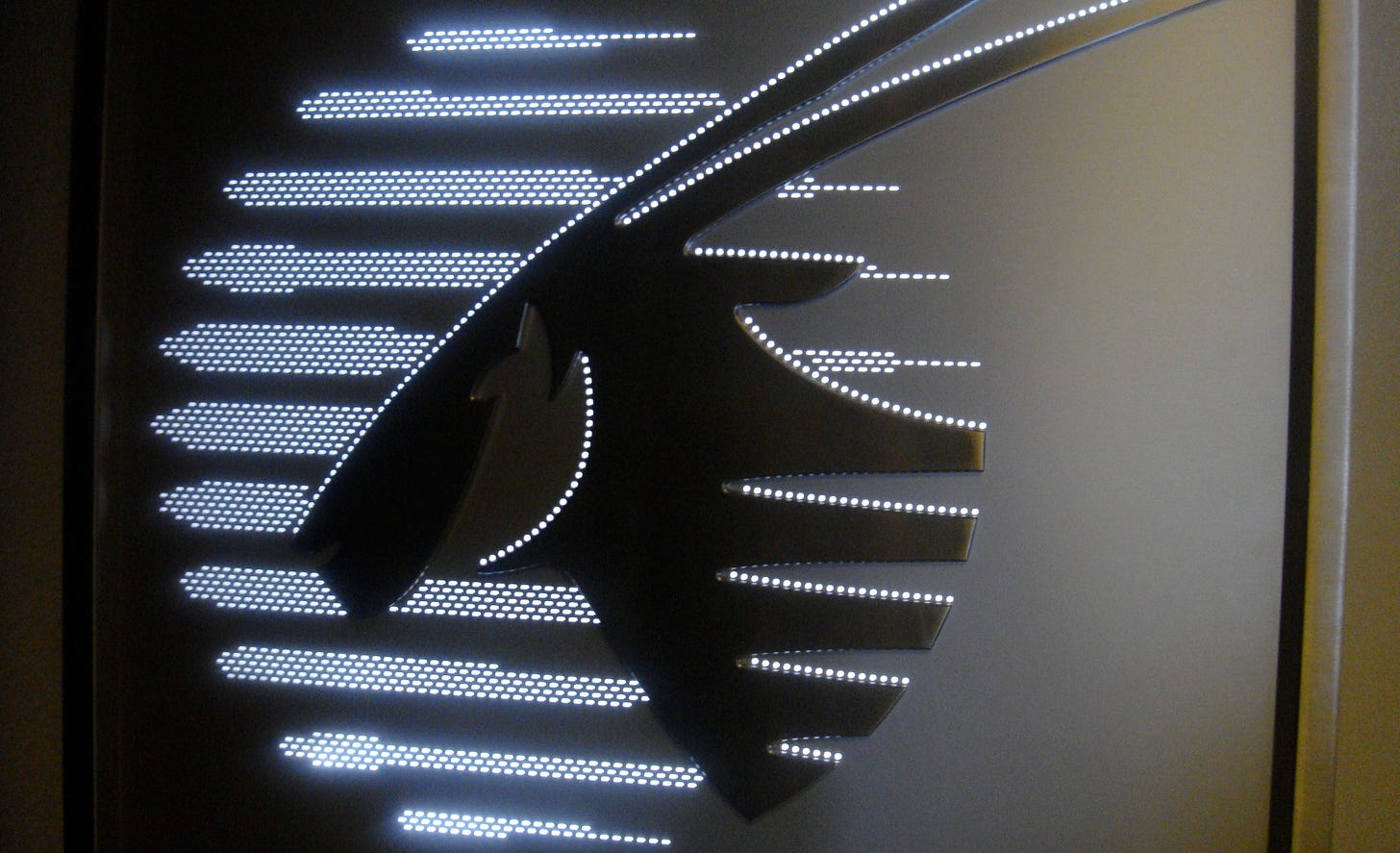The Q-Suite Life of Qatar Airways
A story about how we built the first business case for the award-winning Q-Suite
At eight o’clock on a bright February morning nearly ten years ago, I settled in to seat 7E on Qatar Airways’ 777 number A7-BAB. The Captain powered up the engines and launched us on our way to New York – it was to be a momentous trip. Twenty four hours later I was sleeping at the Marriott in Winston-Salem, North Carolina, ready to attend a workshop at …
Keep reading with a 7-day free trial
Subscribe to Airline Revenue Economics to keep reading this post and get 7 days of free access to the full post archives.



